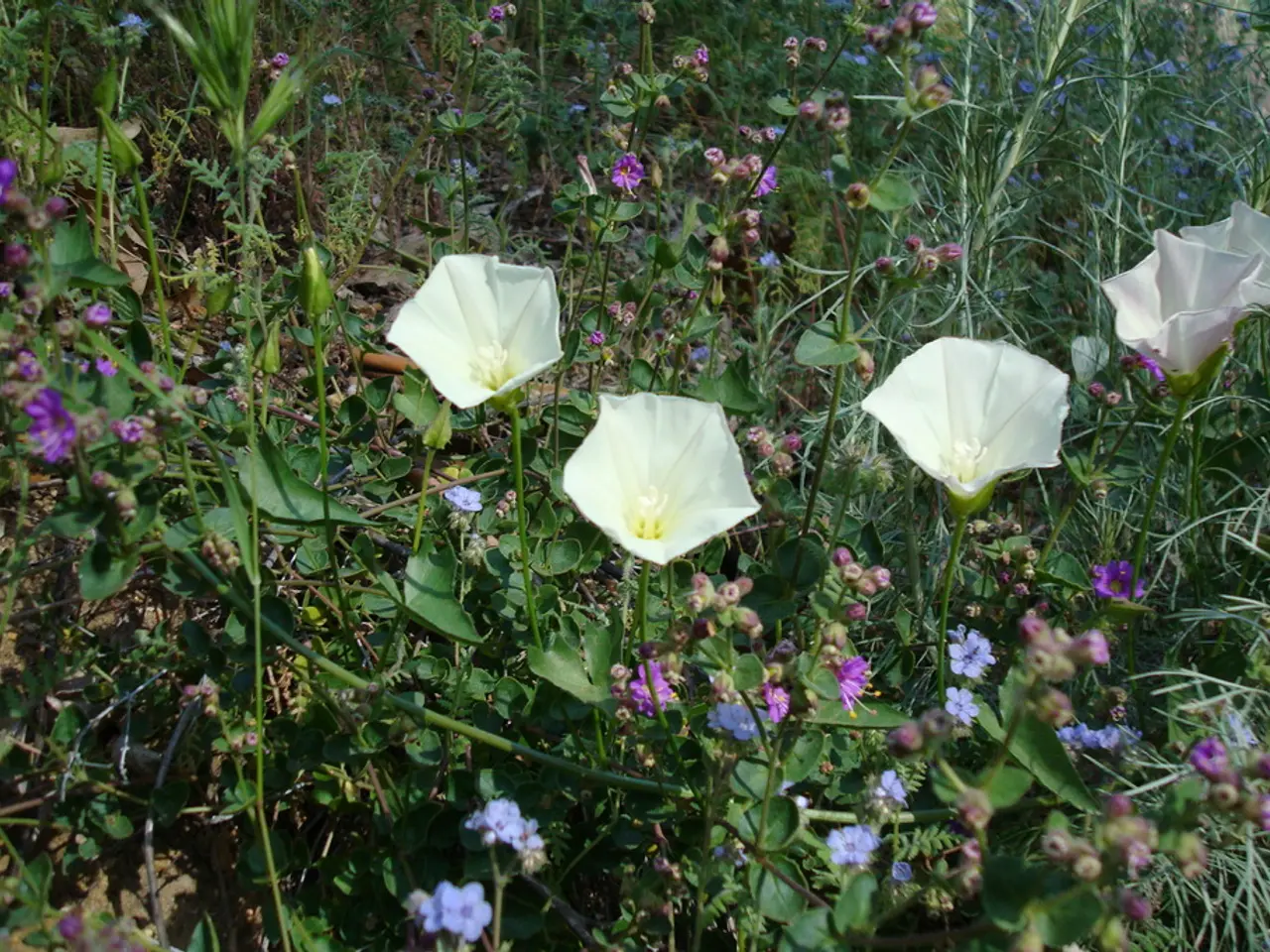Warning Levels of Lily of the Valley: Is Lily of the Valley Ground Cover a Safe Option for Planting?
The lily of the valley, scientifically known as Convallaria majalis, is a perennial plant that thrives in shady, wooded areas and may not do well in poor, dry soil or intense sunlight. However, in some parts of North America, particularly in regions with moist, cool winters such as Wisconsin and Arkansas, this plant can be extremely aggressive, spreading underground through creeping rhizomes and quickly taking over garden beds, especially in shady areas.
Due to its invasiveness and toxicity (from cardiac glycosides), proactive control is advisable if it is unwanted in your garden. Here are some effective methods for controlling its growth:
- Physical removal: Digging out the rhizomes completely to prevent regrowth. This requires persistence because any remaining rhizome pieces can resprout.
- Regular monitoring and repeated removal: Since lily of the valley spreads rapidly, continuous efforts to remove new shoots help control it.
- Limiting shady, moist conditions: Modifying these conditions can reduce its vigor but may not eliminate it fully.
In less suitable areas, the lily of the valley may not be invasive in the strictest sense, but it has aggressive tendencies that may cause concern. In extreme cases, organic herbicides can be used to control the lily of the valley. Consult with a local extension service agent for recommendations on safe products.
Another method is covering the area with cardboard to block the growth of new rhizomes and leaving the cover in place for at least six months. This can also aid in controlling lily of the valley's growth.
Controlling the growth of lily of the valley can be challenging, but digging up rhizomes with a shovel or spade and sifting the soil carefully may help. In addition, considering growing the lily of the valley in containers can help control its growth.
Note: All parts of the lily of the valley are toxic and may irritate the skin. Always wear gloves when handling the plant. Applying mulch over the cardboard covering can help camouflage the area.
Frequent mowing of the lily of the valley plants can prevent seed development in the lawn, which may help in controlling its spread. However, this method alone may not be sufficient to eradicate the plant.
In conclusion, while controlling the lily of the valley can be challenging, with persistence and the right strategies, it is possible to keep this invasive plant under control in your garden.
Home-and-garden enthusiasts may find the stressful encroachment of lily of the valley into their shady garden beds bothersome. To tackle this issue, applying physical removal methods like digging out rhizomes completely or covering the area with cardboard for at least six months can prove effective.




